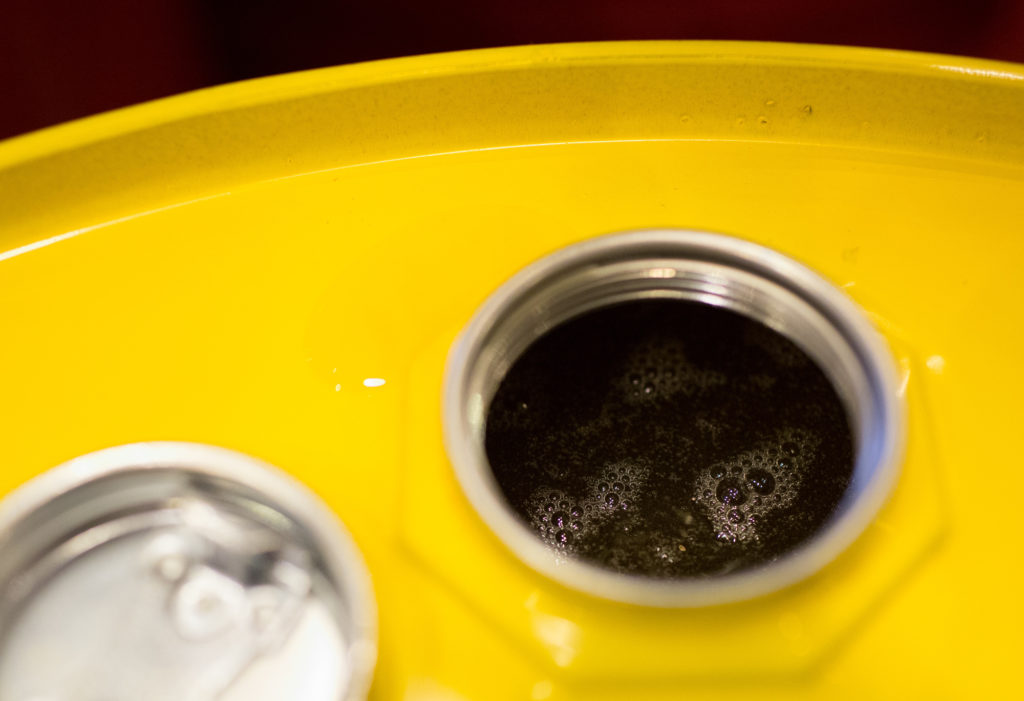
Oil in New York reversed gains as the U.S. dollar rose Tuesday morning.
Earlier, both benchmarks reached a six-year high as OPEC+’s failure to ratify a production increase spurred concerns over an acute supply shortfall.
West Texas Intermediate futures for August fell as much as 0.5% in New York after the U.S. dollar rallied, making commodities priced in the currency less attractive to investors.
Crude’s advance will likely fan concerns over inflation that are fixating central banks and much of Wall Street.
With the collapse of talks on Monday, the Organization of Petroleum Exporting Countries and its allies won’t boost output in August, unless an agreement can be salvaged. Analysts from Citigroup Inc. to UBS Group AG warned that withholding extra supplies as demand recovers rapidly from the coronavirus pandemic will push prices higher.
“As negotiations continue, we estimate that most outcomes still imply higher prices in coming months as the physical market tightens,” Damien Courvalin, head of energy commodity research at Goldman Sachs Group Inc., said in a report.
Discussions among the alliance dissolved acrimoniously as the United Arab Emirates blocked a proposal led by Saudi Arabia and Russia. While the situation is fluid and negotiations could be reactivated, the breakdown has damaged the group’s image as a responsible steward of the market.
A repeat of last year’s destructive price war, which sent oil crashing, is no longer a “negligible” prospect, Goldman warned.
Oil’s rally has been accompanied by sharp moves in price spreads between monthly contracts, an indication that traders see supply conditions growing tighter. The premium of Brent’s November contract over December jumped to 81 cents a barrel from 73 cents on Friday.
Front-month Brent was trading for $75.88 a barrel on the ICE Futures Europe exchange as of 9:30 a.m. in London. WTI had eased from the day’s peak to $74.6.
The 23-nation OPEC+ coalition had been on the brink of an agreement to restore production halted during the pandemic, in monthly increments of 400,000 barrels a day. That plan could still be ratified, or members may choose to informally leak barrels to eager consumers.
“A compromise will be reached which should allow additional barrels into the market from August,” said Ole Hansen, head of commodities research at Saxo Bank A/S. “The political pressure from large consumers such as India and China will grow, with Washington probably also adding some pressure.”
The White House is “closely monitoring the OPEC+ negotiations and their impact on the global economic recovery,” a spokesperson said on Monday. “Administration officials have been engaged with relevant capitals to urge a compromise solution that will allow proposed production increases to move forward.”
